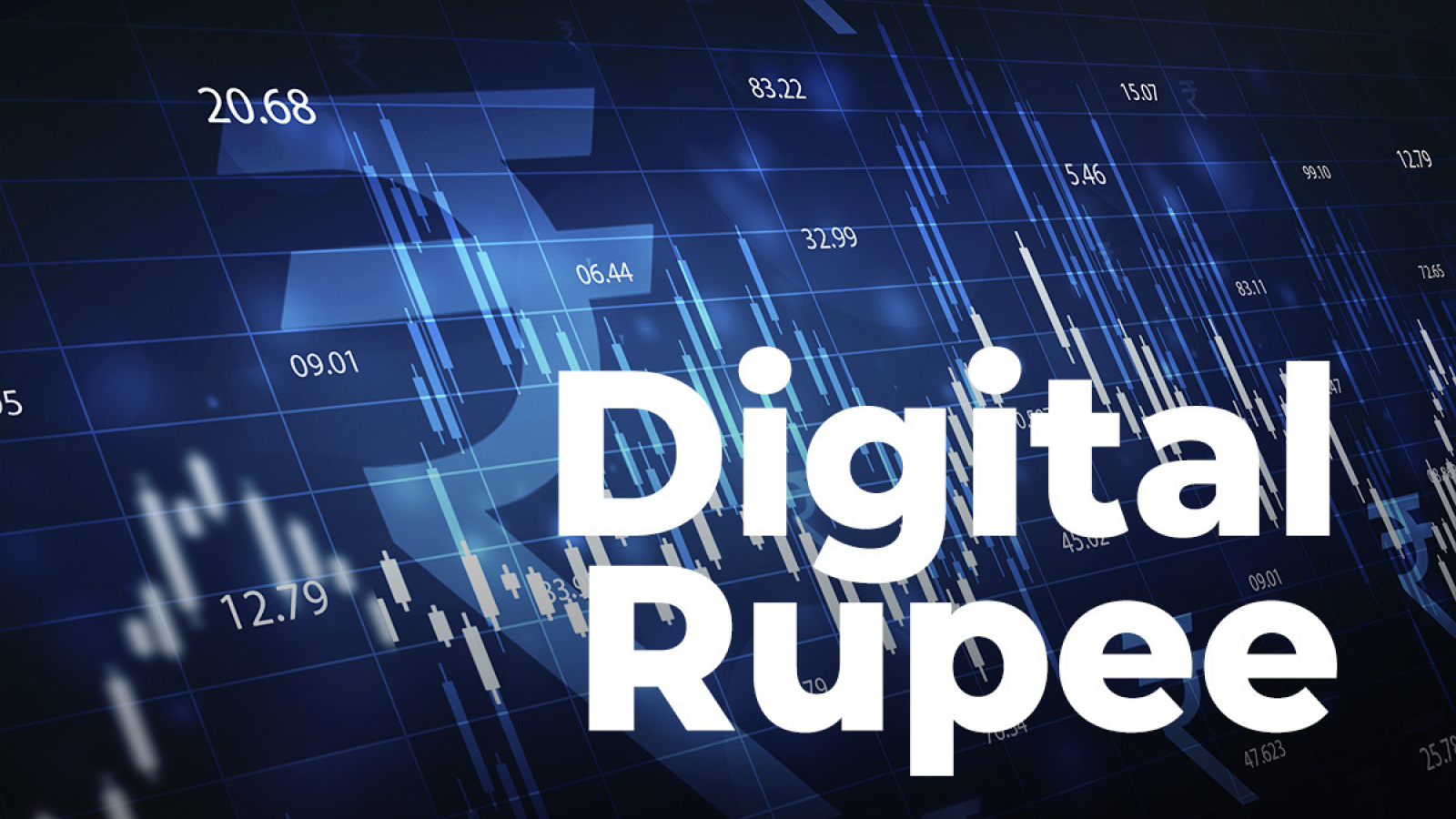Synopsis
CBDC is a digital or virtual currency but is not comparable to the private virtual currencies that have mushroomed over the last decade.
Union finance minister Nirmala Sitharaman has announced the Reserve Bank of India (RBI) will soon issue a central bank-backed digital currency (CBDC). The digital rupee is likely to see the light of the day in the new fiscal year. ET decodes the nuances of CBDC and how it will work.
WHAT IS CBDC?
CBDC is the legal tender issued by a central bank in a digital form. It is the same as a fiat currency and is exchangeable one-to-one with the fiat currency. Only its form is different.
WHAT IS THE DIFFERENCE BETWEEN CBDC AND CRYPTOCURRENCY?
CBDC is a digital or virtual currency but is not comparable to the private virtual currencies that have mushroomed over the last decade. As per the RBI, private virtual currencies are at substantial odds with the historical concept of money because they are not commodities or have no intrinsic value. While a CBDC is centralised, cryptocurrencies are decentralised and do not represent any person’s debt or liabilities and have no issuer.
DOES CBDC AFFECT BANKS?
Yes, they could cause dislocations depending on the design of the CBDC. It could reduce transaction demand for bank deposits, but they reduce settlement risks. Being risk-free, CBDC can lead to a shift away from bank deposits, cutting government guarantees on deposits. If banks lose deposits, their ability to create credit will be constrained because central banks cannot provide credit to the private sector.
IS IT BETTER THAN OTHER FORMS OF DIGITAL PAYMENTS?
Yes. Imagine a UPI system where CBDC is transacted instead of bank balances, as if cash is handed over — the need for interbank settlement disappears. It would also enable more real-time and cost-effective globalisation of payment systems. It is conceivable for an Indian importer to pay an American exporter on a real-time basis in digital dollars, without the need of an intermediary.
DO WE NEED CBDC IN INDIA?
There is thus a unique scenario of the increasing proliferation of digital payments coupled with a sustained interest in cash usage, especially for small-value transactions. CBDC is unlikely to replace cash usage. The high currency-to-GDP ratio, if switched to CBDC, would cut the cost of printing, transporting, storing and distributing currency.
WHY DO WE NEED CBDC?
With the dwindling usage of paper currency, there is a need to popularise electronic forms of currency. This becomes efficient in high physical cash usage economies like India and Germany. Also, this will be a substitute for private digital currencies.
HOW WILL CBDC CHANGE MONETARY POLICY?
Historically, monetarists targeted the supply of broad money through bond purchases, sale and purchase of currencies and tinkering with the reserve ratios of banks. But the demand for money became unstable when finance got globalised at the beginning of the ‘90s. This forced central banks to target interest rates. Now with CBDCs, they could assess demand for money and get a better handle on their policies.
WHAT IS RBI PLANNING?
The RBI has been examining use cases and working out a phased implementation strategy for the introduction of CBDC with little or no disruption. As per the central bank, crucial elements around the design and usage of a CBDC need to be navigated before its introduction. The central bank is working out models on retail and wholesale use of the CBDC.
WHEN IS THE LAUNCH?
Even if the RBI is ready, it may not be possible before the crypto law is passed in Parliament. It would also require amendments to the RBI Act, the Coinage Act, the FEMA, and the Information Technology Act since existing legal provisions were created with paper currency in mind.
Source File :
https://drive.google.com/file/d/1LrFL-mnq44VKs-dFQ8P_57jpK5RZR4KF/view?usp=sharing
